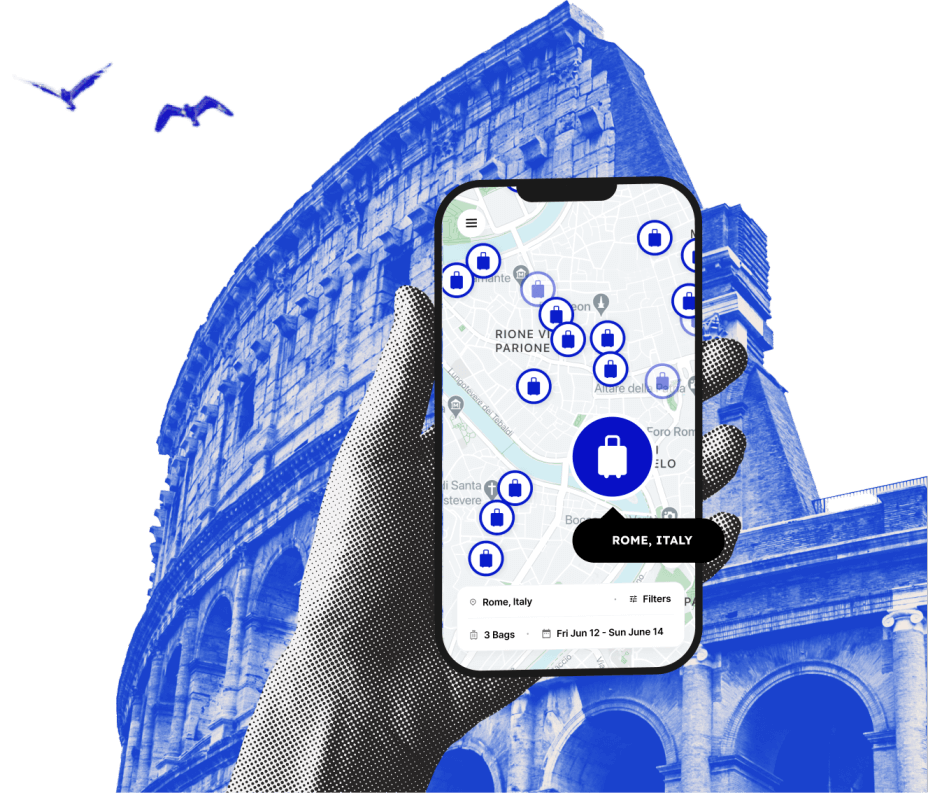How To Get Around Dublin
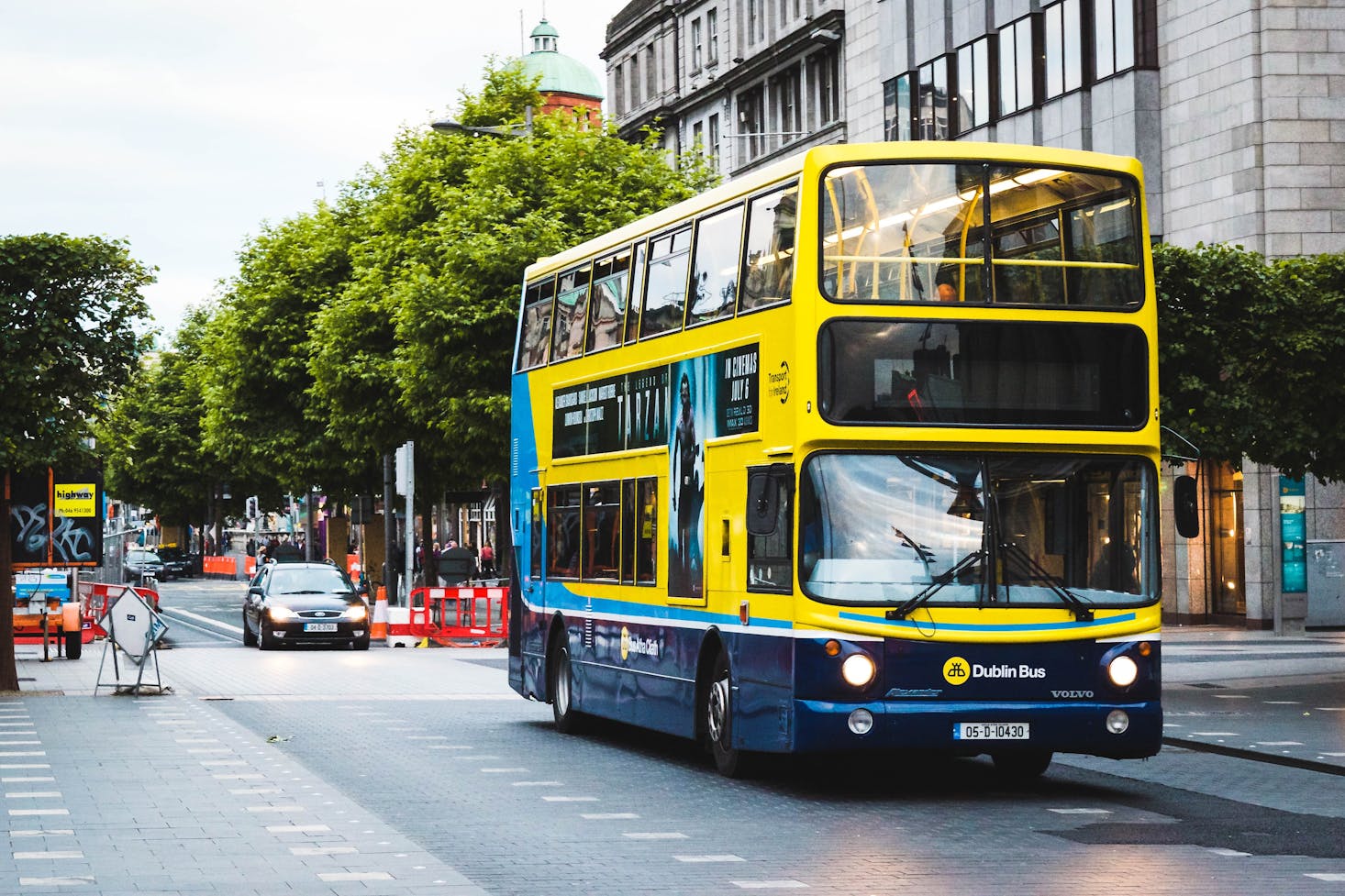
The Irish capital of Dublin is becoming ever more popular with foreign tourists. It's not hard to see why. The city offers incredible history and cultural attractions, friendly and welcoming locals, and some unmissable things to do at night. While Dublin may be Ireland's largest city, it still boasts a compact city center that makes it easy to get around, whether on foot or by public transport.
If you need some guidance on how to navigate Dublin city center, you've come to the right place. But before you go diving into public transportation in Dublin, don't forget to drop off your bags at a Bounce luggage storage. You'll find it much easier to navigate the buses and trains of the city if you're not carrying more than you need to. With your belongings safely looked after, you'll be ready to enjoy everything the city has to offer.

Love discounts and traveling?
Sign up for our newsletter and get 10% off your next booking.
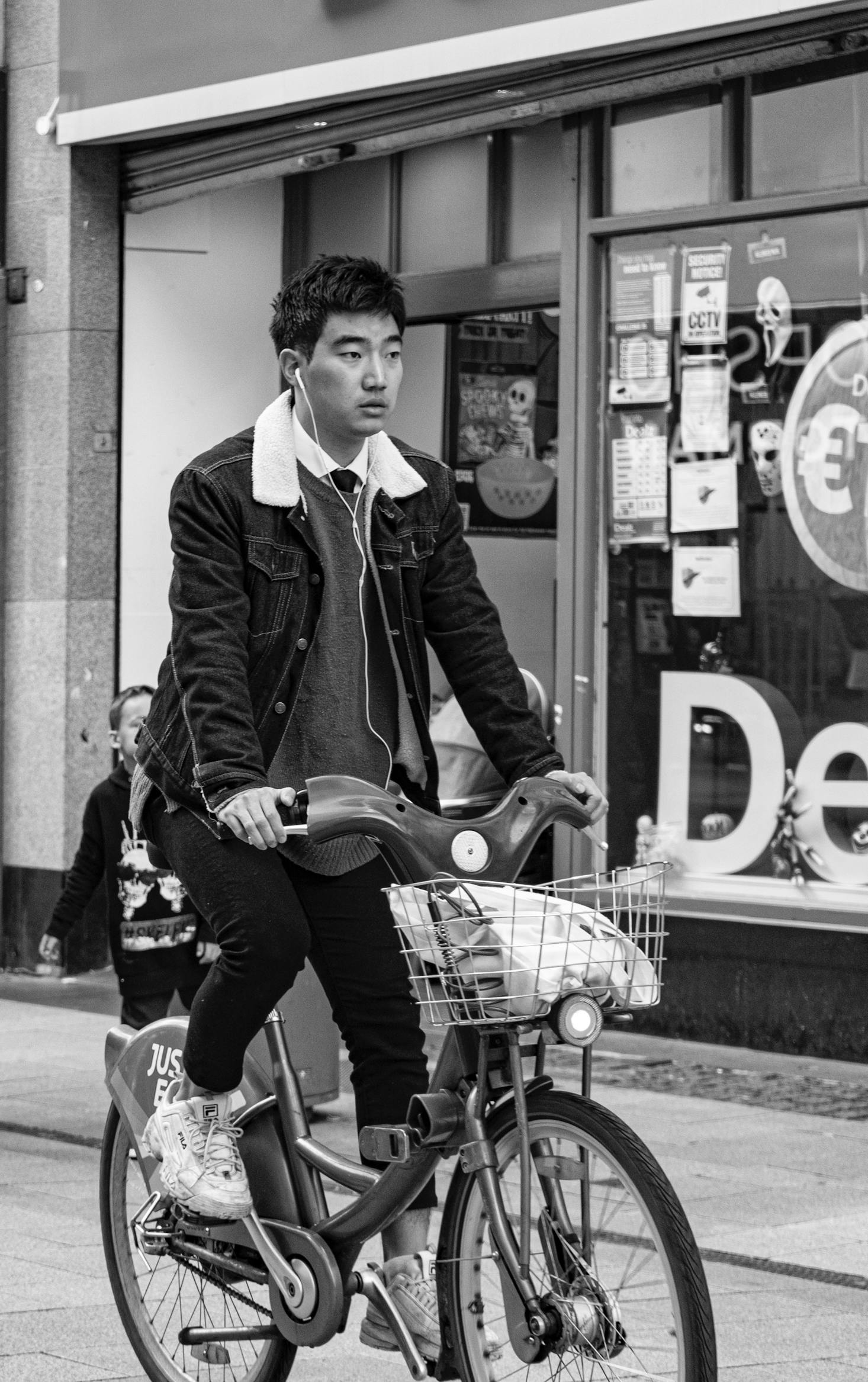
How to get around Dublin by train
As the capital of Ireland, Dublin is home to the biggest and busiest train stations in the country. In fact, Dublin is served by three major train stations; Pearse Station, Connolly Station, and Heuston Station. Connolly and Heuston provide the majority of the Irish Rail intercity train services that connect Dublin with the rest of Ireland, and Heuston Station is the biggest of the three. It's also conveniently located close to some of the city's top attractions, such as the National Museum of Ireland. On the other hand, Connolly Station serves the area north of the River Liffey, and Pearse Station serves central Dublin south of the river. All three of Dublin's train stations function as public transportation hubs, and so it's easy to get from any of them to other parts of the city as well as the outer suburbs.
Ireland's rail network is dependable and reliable and is a great way to get around and see more of the country outside Dublin. However, one glaring omission of the rail network is that there is no direct rail connection between Dublin Airport and any of the major rail stations. With that said, because they function as hubs for various forms of city transport including trams and buses, Dublin's main railway stations are still useful parts of the city's public transport infrastructure.
One of the best ways to get around Dublin is the city's commuter rail network. Like the intercity trains, this network is operated by Irish Rail. Known as Dublin Area Rapid Transit, or DART for short, the network serves 31 DART stations, from Malahide in the north down to County Wicklow in the south. Because it hugs the coastline of Dublin Bay for much of its route, DART is also a very scenic way to get around.
In the city, DART serves important transit hubs like Connolly Station and Pearse Street. It provides a useful link between Dublin city transportation and the intercity trains that serve the rest of the country. Most DART stations make use of automated barriers, meaning you'll need to have a ticket purchased before you board the train. Tickets can be purchased from ticket machines in the stations, or you could get yourself a Leap Card, which offers unlimited travel on DART, the airport buses, Dublin trams, and Dublin city buses. A €10 card is valid for 24 hours, and a €19.50 car to get to three days of unlimited travel. This makes a Leap Card both cheaper and easier than paying for each method of transport you use individually.

How to get around Dublin by tram
Dublin's tram network is one of the most convenient ways to get around the city, and is particularly good at serving the outlying coastal areas that are some of the best places to explore around the city. Known as Luas trams - luas being the Irish word for speed - these streetcars are one of the best ways to get around the city center for both tourists and visitors alike.
Luas operates two lines, the Green Line and the Red Line. Both lines connect in the city center at O'Connell GPO, Marlborough Street, and Abbey Street. The Red Line serves Heuston Station, the National Museum, and the Temple Bar area, among other tourist attractions. The Green Line runs approximately north to south through Dublin city center and serves St. Stephen's Green, Grafton Street, and Trinity College.
The Luas operates on a zone system, with the city center located in zone one. Travel within this zone costs €1.50, but if you want to head out to other zones, you'll have to spend more depending on how many city zones you want to visit. For most tourist purposes, the city center zone is all you need. But if you do intend to use the system a lot, a Leap card is highly recommended.
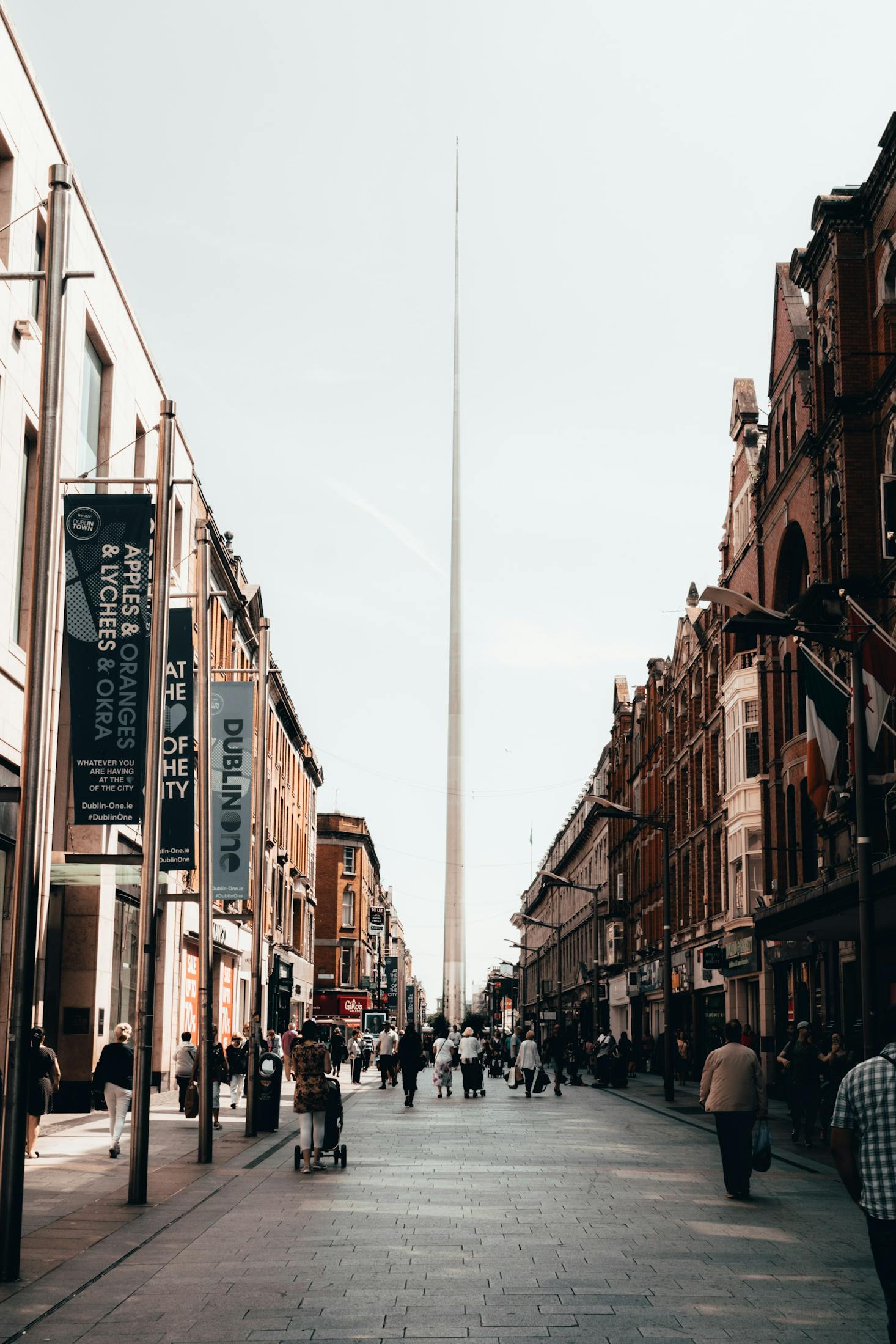
How to get around Dublin by bus
When it comes to getting to the city center from Dublin airport, you have a couple of options. Although the authorities have been talking about expanding the DART network to serve the airport, those plans still haven't come to anything, and so there is no direct rail link from the airport to the city. Instead, you'll need to take a bus, and there are several bus companies that offer a service to get you from the airport to the city center and back again. Dublin Bus number 16 will take you from the airport to College Green, and from there, route 79 can bring you to Heuston Station and the city center. Alternatively, AirCoach operates route 700 which will take you directly from the airport to the city center in around 30 minutes.
Within the city, Dublin buses provide a handy and convenient way to get around. You'll find revolving notice boards at every bus stop letting you know what routes stop there, and often a map that will help you navigate the city. To make sure you're getting on the right bus, check the bus number displayed above the front window.
As with the tram, the price of bus tickets is calculated based on how many zones of the city you visit. Dublin Bus also works with the Leap System, so this pre-paid smart card is often a better way to go so that you don't need to worry about how many zones you travel through. The regular bus service runs until 11:30 PM, but on Friday and Saturday nights, there is a Nitelink service, with some buses running 24 hours a day. This is extremely handy if you want to take advantage of Dublin's excellent nightlife scene.
You'll find bus stops throughout the city, meaning you're never far from a place to catch a Dublin bus. The buses make it easy to explore not just the city center but also some outlying areas where you may find the best shopping in Dublin. Dublin's bus network is a handy way to reach areas of the city where trams and trains don't go. And until Dublin gets on with building a DART link to the airport, the bus remains the only way to reach the city after a flight.
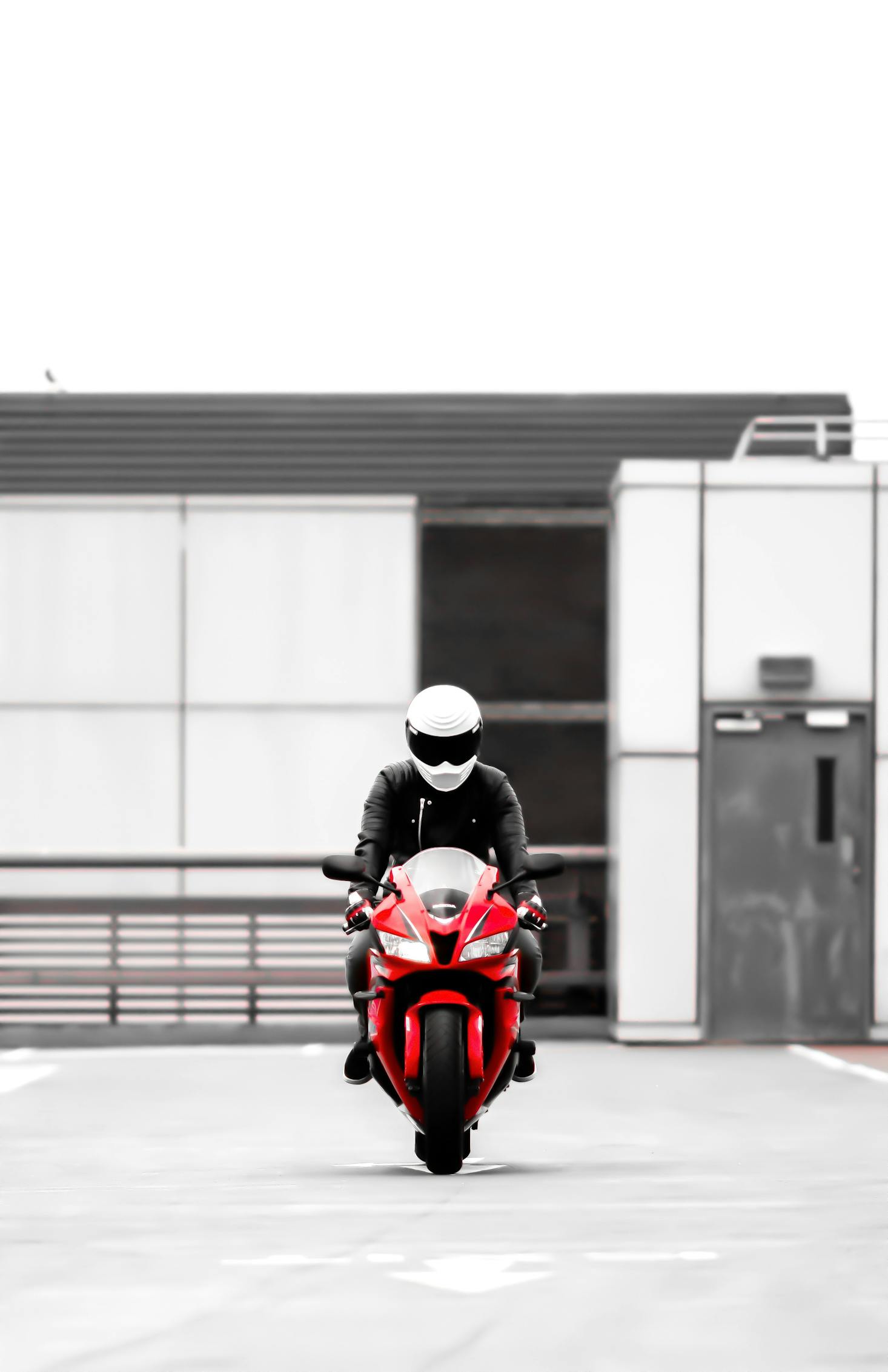
How to get around Dublin by car
Given that Dublin's train networks don't extend as far as the Dublin Airport, you may be tempted to take a car into the city. Certainly, you'll find plenty of taxi ranks outside the airport where you can catch a cab into Dublin. Alternatively, you could hire an airport car service to bring you into central Dublin.
Naturally, you'll also find plenty of car rental businesses at the airport. But driving is not the best way to explore Dublin. For one thing, like any major city, the Irish capital sees more than its fair share of traffic jams. Additionally, having a rental car means you will constantly be on the lookout for paid parking that can be both scarce and expensive. Plus, you'll need to find a hotel that offers parking, which is not always an easy task in central Dublin. Even gas stations are in short supply in the city.
If you do insist on driving in Dublin, try to avoid rush-hour periods in the morning and afternoon. Keep an eye on your gas tank, and be sure to obey all local speed limits and laws. Being a tourist will not exempt you from having to follow the rules.
With all this in mind, and given that Dublin has such a good public transport network, it's almost always a better idea not to bring a car to the city. You'll have a much more relaxed and enjoyable trip if you rely on public transport and your own feet to get you around.

Can I get around Dublin on foot?
Like many ancient cities, Dublin has a very compact city center. Many of Dublin's main attractions are well within walking distance of one another. Bring some comfortable shoes with you, and you may find that you barely even need to take advantage of the public transport network in the city. After all, exploring by foot gives you more opportunity to soak up the atmosphere of the city and enjoy those serendipitous discoveries you wouldn't make any other way.
Walking is how many residents of Dublin get around the city, along with the bus network and Luas trams. And in the central part of the city, there are so many cafés, bars, and restaurants where you can take a break, you shouldn't get too tired before your trip is over.
In recent years, Dublin has also become a far more friendly city to cyclists than it once was. Cycle lanes in the city are continually expanding, and Dublin offers a network of public bikes that anyone can use and return once they are done with them. The terrain of the city is mostly flat, and the climate, though often wet in winter, is a good one for cycling, as the city rarely experiences extremes of temperature. If you want to cover some ground in Dublin city center without resorting to public transport or, even worse, a car, renting a bike is a great way to get around and see more of the city.
Conclusion
Dublin locals are justifiably proud of the city's extensive public transport network. A combination of buses, trams, the suburban rail network, and intercity trains makes it easy not only to get around Dublin, but also to travel from the city to other parts of the country. It's not hard to navigate in the relatively small city center, and if you do get lost, you won't have a hard time finding locals to point you in the right direction.
All in all, Dublin is a great place to explore on foot and by public transport, and there's no need to drive here at all. Remember that you can make getting around Dublin far easier on yourself by dropping off your unneeded bags at a Bounce luggage storage. Traveling light frees you up to enjoy your time in the city without having to worry about your things.

Love discounts and traveling?
Sign up for our newsletter and get 10% off your next booking.
